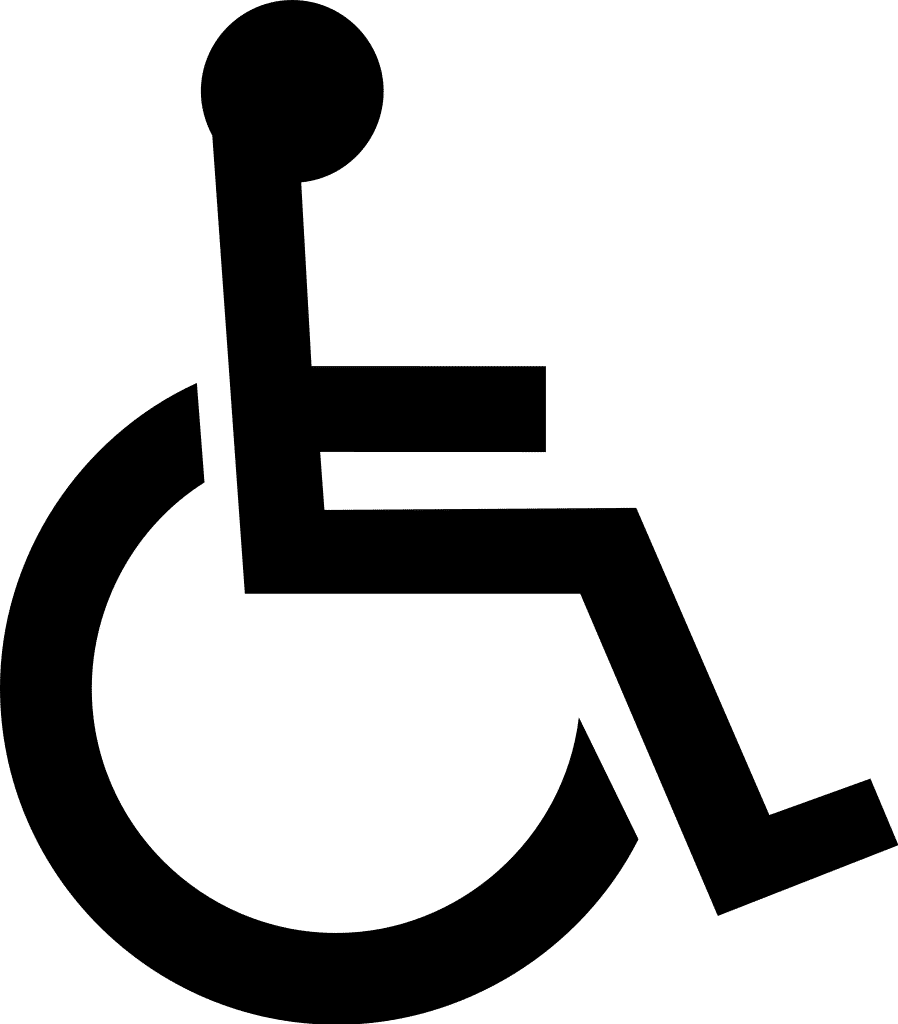What Is Lewy Body Dementia?

People commonly talk about dementia like it’s one specific disease, but dementia is actually an umbrella term that describes the impaired ability to think or make decisions in a way that interferes with a person’s everyday life. While most people are familiar with Alzheimer’s disease, you may not have heard about Lewy Body Dementia (LBD) before. Our Tapestries memory care team explains what LBD is, what the symptoms are, and the different treatment options.
Basic Overview of Lewy Body Dementia
LBD is a type of dementia that occurs when abnormal protein deposits called Lewy bodies develop in nerve cells in the parts of the brain that control memory, thinking, and movement. LBD is one of the most common types of dementia, and it’s a progressive disease that unfortunately worsens over time. While there is no cure for LBD or any other types of dementia, we will explore several treatment and management options within this article.
What Are the Symptoms of Lewy Body Dementia?
- Loss of ability to concentrate: This can include staring into space, losing train of thought during a basic conversation, and being unable to pay attention to something or someone for even a short period of time.
- Visual hallucinations: This is one of the most common symptoms of LBD, and people report seeing people, animals, or shapes that aren’t actually there. Other types of hallucinations can occur, like hearing, smelling, or touching things that aren’t there.
- Obvious cognitive impairment: This can include becoming confused with every-day tasks and routines, not remembering common information like the names of close friends and family, and the inability to recall information from yesterday.
- Changes in body functions like loss of bladder control, sudden drops in blood pressure when standing, dizziness, and constipation.
Types of Lewy Body Dementia
Having Lewy Body Dementia means a person has received one of the following diagnoses:
- Dementia with lewy bodies (DLB)
- Parkinson’s disease dementia
People diagnosed with DLB usually experience a noticeable decline in their cognitive abilities that looks similar to Alzheimer’s, while Parkinson’s disease dementia usually first presents as a movement disorder with tremors, shuffling while walking, and generally slower movements. Not all people who are diagnosed with Parkinson’s disease will develop dementia, so it’s important for doctors and caregivers to be aware of the potential symptoms and watch for any changes in the person’s behavior, movements, and overall well-being.
Treatment for Lewy Body Dementia
As mentioned above, there is no cure for LBD, but those with the condition can maange some of the symptoms through a combination of physical therapy, medications, and mental health support. Treatment plans for seniors with LBD are highly specialized because each person will have different abilities when it comes to speech, movement, and cognition. Once LBD has progressed to a certain point, it’s usually recommended that the person transitions to a specialized memory care program or community where they are cared for and supported around the clock.
If you think your senior loved one is exhibiting signs of Lewy Body Dementia, please contact their doctor as soon as possible. For more information about how UMC can support seniors with different types of dementia, or if you have any questions about our Tapestries memory care neighborhoods, please give us a call or visit us at: https://umcommunities.org/alzheimers-memory-care/





